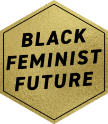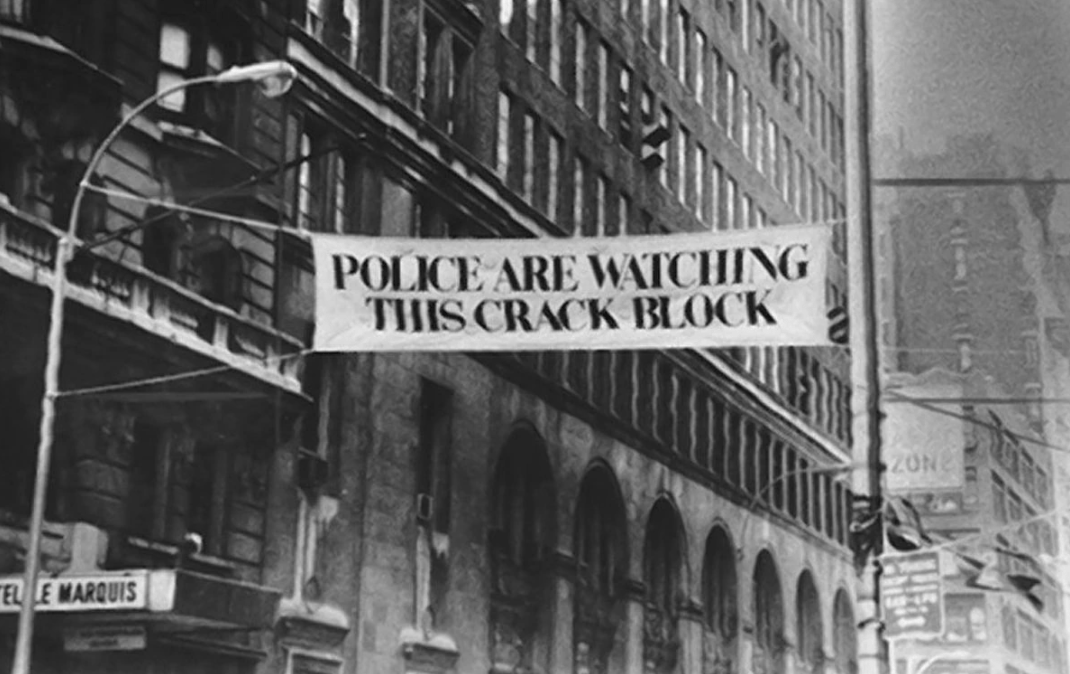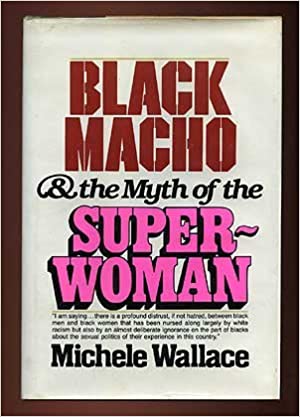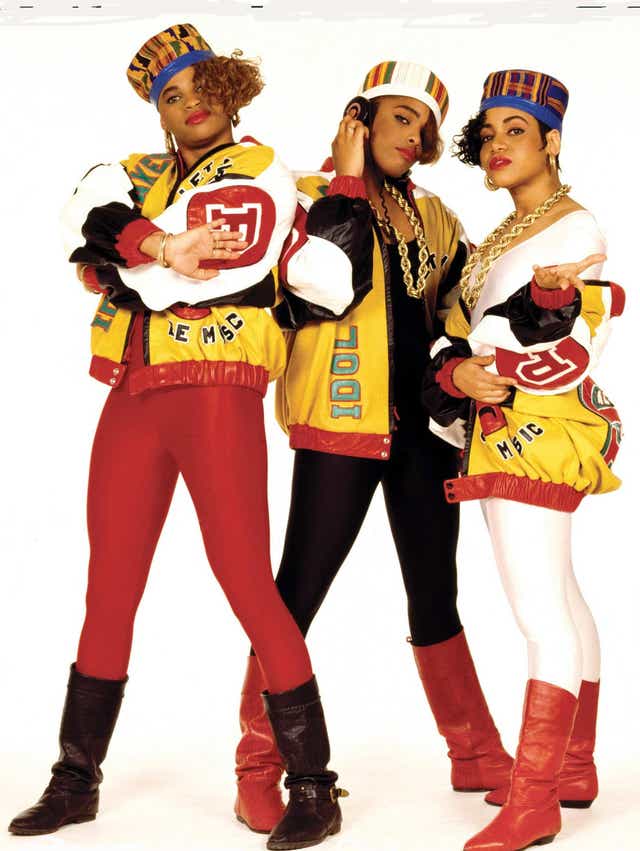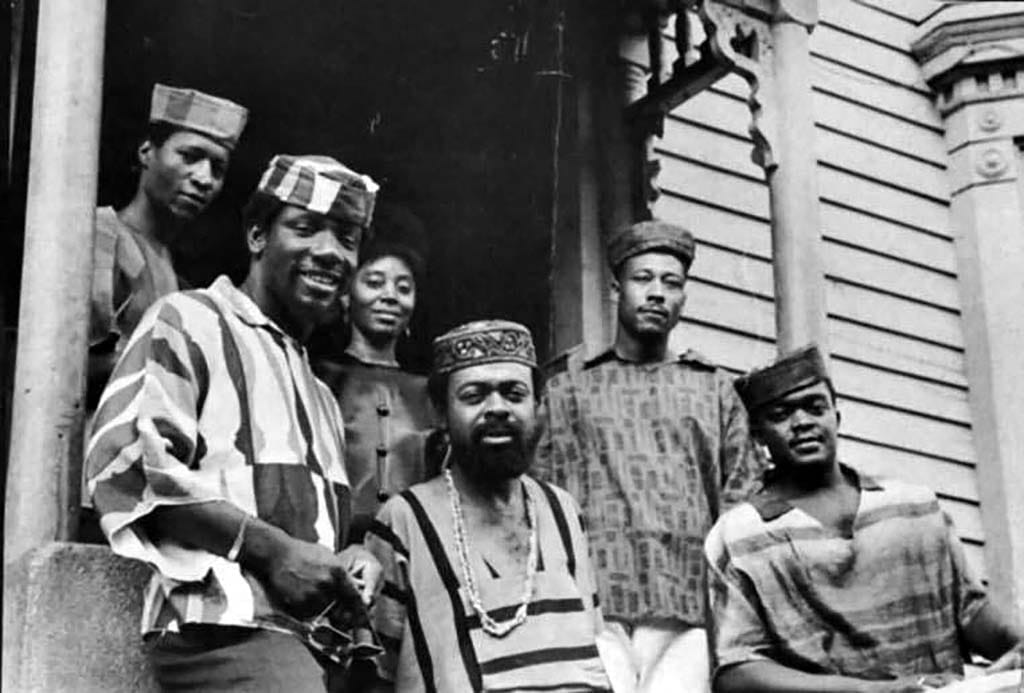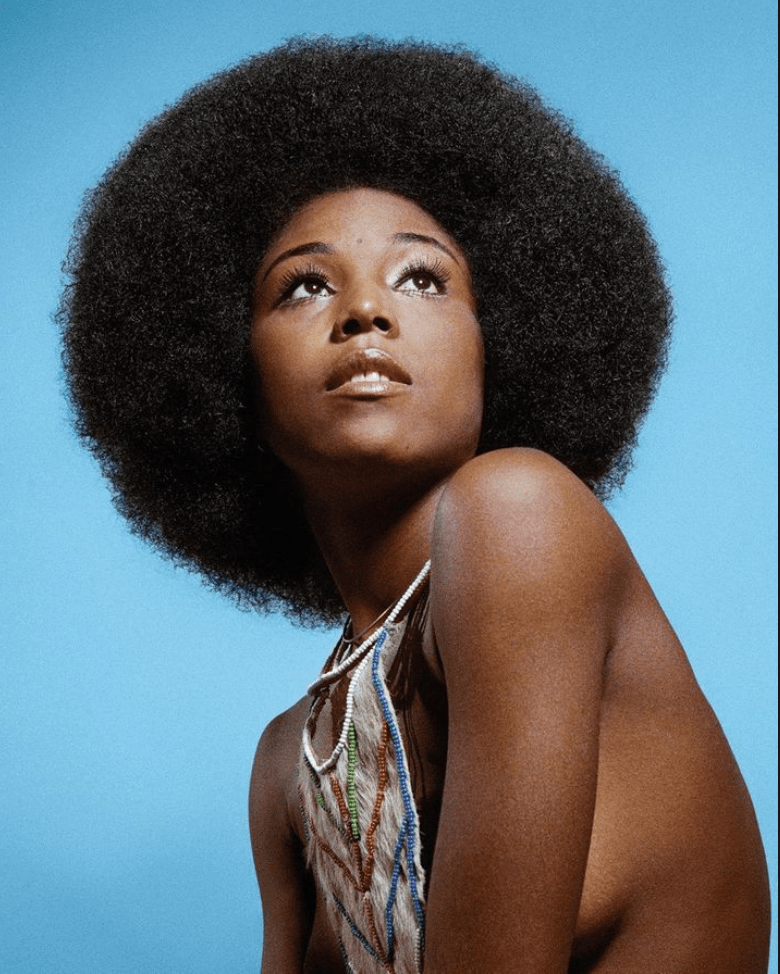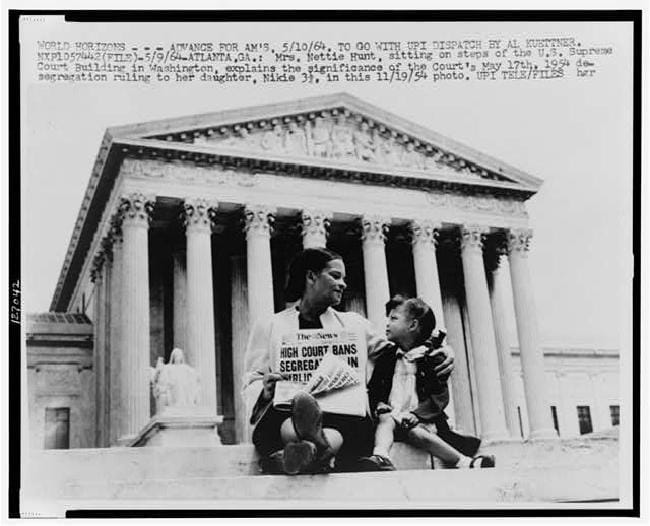In 1980, activist, feminist, writer, and scholar Barbara Smith started a press to promote the writing, culture, and history of women of color. She chose the name Kitchen Table because it represents a central, intimate, and purposeful gathering place in a home. In her own words, the kitchen table is “the center of the home, the place where women in particular work and communicate with each other.”
Category: Cultural
Crack Epidemic
During the early 1980s, there was a surge in the use of crack cocaine. In 1986, Congress passed the Anti-Drug Abuse Act, which resulted in mandatory minimum sentences for those convicted of having specific amounts of crack cocaine. This act was inherently racist, as it targeted poor, often Black, communities who used crack cocaine rather than powdered cocaine (which was more expensive). Given that punitive measures rather than public-health and community interventions were employed, Black communities suffered devastating consequences—and the impact of these measures is still felt today.
Black Macho and the Myth of the Superwoman, by Michele Wallace
Michele Wallace’s book Black Macho and the Myth of the Superwoman (Verso, 1978) describes how women remained marginalized by the patriarchal culture of the Black Power movement, demonstrating the ways in which a genuine female subjectivity was blocked by the traditional myths of Black womanhood.
“Uses of the Erotic,” by Audre Lorde
In 1978, Audre Lorde published her timeless essay, “Uses of the Erotic,” which asserts that the erotic is a source of knowledge, power, and transformation. Lorde asserts that the erotic is a vital life force and a source of deep satisfaction, fulfillment, and joy.
“For Colored Girls,” by Ntozake Shange
Ntozake Shange’s choreopoem, “For Colored Girls Who Have Considered Suicide/When the Rainbow is Enuf,” was first released in 1975. In 2010, Tyler Perry adapted the choreopoem into a film that features Black women icons like Janet Jackson, Phylicia Rashad, Thandie Newton, and Macy Gray. Both the film and choreopoem explore the interconnected lives, experiences, and struggles of Black women and serve as a “survival manual” for Black girls.
Hip Hop
Hip hop is a cultural and artistic movement that was created by Black and brown people navigating the oppressive living conditions in the South Bronx, New York City. While it is often used as a synonym for rap, hip hop comprises four elements: DJing, rapping, writing, and breakdancing.
Comparative Women’s Studies at Spelman College
Since the 1970s, Spelman College has implemented a unique interdisciplinary program that places an emphasis on Black feminist theory, women’s health, digital media documentation, stories of women’s lives, and activism. It is a first among historically Black colleges or universities.
Black Arts Movement
The Black Arts Movement, which began in the New York City/Newark area, was the name given to a group of politically motivated Black poets, artists, dramatists, musicians, and writers who emerged in the wake of the Black Power movement. The poet Amiri Baraka is widely considered to be the father of the Black Arts movement, which began in 1965 and ended in 1975. Some of the other notable artists involved with the movement include Nikki Giovanni, Sonia Sanchez, Ntozake Shange, June Jordan, and Audre Lorde.
Black Is Beautiful
In 1962, artist and activist Kwame Brathwaite, who was a part of the the African Jazz-Art Society & Studios (AJASS), helped create Grandassa Models—a Harlem-based cultural group and modeling agency that unapologetically celebrated the diversity of Blackness. On January 28 of that same year, AJASS organized a fashion show titled Naturally ’62 featuring the Grandassa Models, in Harlem, New York. The Grandassa Models defied Western beauty standards by pridefully wearing their afros and clothing inspired by designs from Lagos, Accra, and Nairobi. The show sparked a movement that spread beyond the United States and lasted throughout the 60s and 70s.
Mother Netti Hunt and Daughter Nikie (Brown v. Board of Education)
In an iconic photograph, Mrs. Netti Hunt holds a newspaper and explains to her daughter that the Supreme Court has ruled that the racial segregation of children in public schools is unconstitutional.
